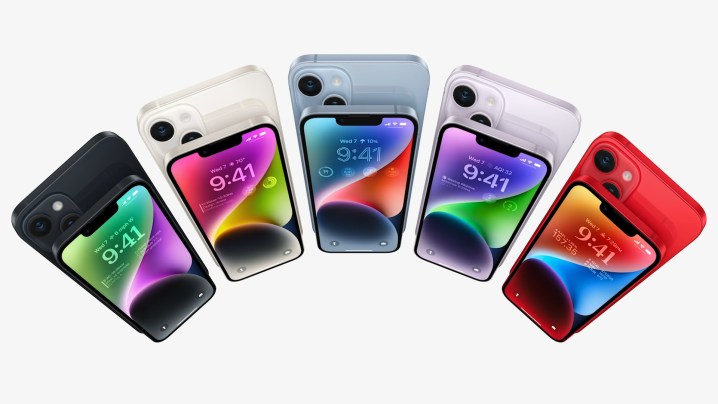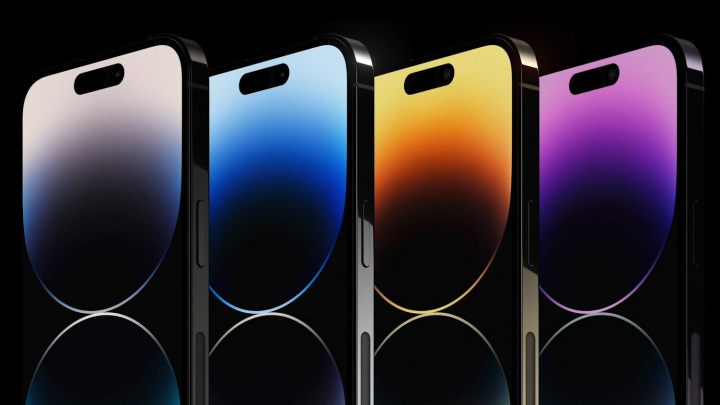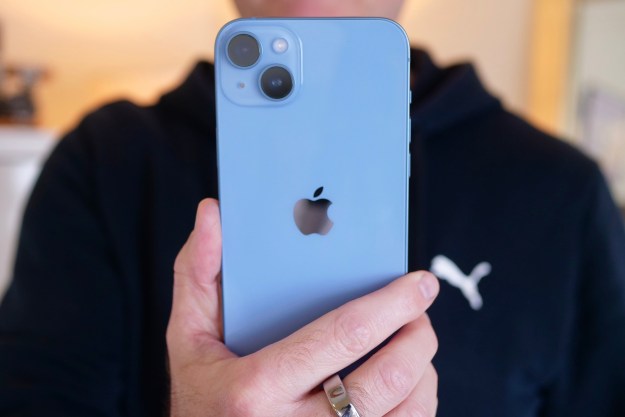The new iPhone 14 and iPhone 14 Pro are finally available, and Apple is again offering a selection of storage tiers. The big question is just how much storage do you need on your iPhone 14? Similar to last year, the iPhone 14 series lets you choose as little as 128GB and as much as 1TB. This means that if you want to get a new iPhone, you’ll need to pick between 128GB, 256GB, 512GB, or 1TB options. Bigger isn’t always better, nor is it always excessive. Only you know how you use your phone, but here’s a quick guide to help you pick which iPhone size is the best option for you.
| Model | iPhone 14 | iPhone 14 Plus | iPhone 14 Pro | iPhone 14 Pro Max |
| Starting Price | $799 | $899 | $999 | $1099 |
| Storage | 128, 256, 512GB | 128, 256, 512GB | 128, 256, 512GB, 1TB | 128, 256, 512GB, 1TB |
| Screen size | 6.1-inch | 6.7-inch | 6.1-inch | 6.7-inch |
| Battery life | Up to 20 hours | Up to 26 hours | Up to 23 hours | Up to 29 hours |
| Colors | Blue, Purple, Red, Midnight, Starlight | Blue, Purple, Red, Midnight, Starlight | Deep Purple, Gold, Silver, Space Black | Deep Purple, Gold, Silver, Space Black |
The Minimalist Option: 128 GB
All iPhone 14 models ship with 128GB as base storage, and that’s enough for a lot of people. With that much storage, you can hold around 3,368 apps at an average size of 33MB. It’s a huge number, and most people don’t need to have more than a few hundred on their phone at any given time (and that is pushing it). More to the point, you’ll have breathing room for your e-books, music, photos, and video.

You can hold around 35,000 photos from a 12-megapixel camera, as well as up to 45 hours of 1080p video using Apple’s HEVC format. That drops if you’re using 4K, but you’re not buying a 128GB phone to shoot excessive 4K video anyway.
The Pragmatist Option: 256GB
Apple’s 256GB of storage is rather generous and should be the best choice for most people. App sizes will grow over the lifetime of your phone, and with Apple offering up to five years of support for your iPhone 14, there’s no harm in squeezing out as much life as you can from this device.
You’ll be able to hold around 70,000 photos from the iPhone 14’s 12MP camera or shoot up to 98 hours of HD video. It’s not too much storage that you’ll never use it up, but it’s not so little that you’ll have to consciously think about whether you want to delete this or that. It’s also the lowest storage option for the iPhone 14 Pro and iPhone 14 Pro Max which supports 4K ProRes video recording at 30 frames per second. It’s what Goldilocks would approve.
The Power User Options: 512GB/1TB
Alongside the already large 512GB option, Apple has a 1TB option for the iPhone 14 Pro and the iPhone 14 Pro Max. If you’re an average user, both storage options will be more than you’ll ever need. You could opt for one of these for peace of mind, but you’ll be better served spending your money on some cases and covers instead, and especially some MagSafe accessories.

On the other hand, there are people who may need this much space. Take the 1TB iPhone 14 Pro — if you’re into shooting 1080p video, for instance, you can hold around 500 hours of content on your smartphone before you run out of space. The number shrinks to 30 hours if you’re using 4K. That number will vary depending on the format you choose — whether HEVC, ProRes, or the basic MPW. If you’re more of a shutterbug, you can hold around 250,000 photos before you need to consider offloading. You can slash that number in half for a 512GB iPhone.
The 1TB option may be ostentatious, but if you’re into videography, it isn’t a terrible option to have. For everyone else, either the 256GB or 512GB options would be a better choice.
The Cloud Option
There are also software solutions for storage — Apple’s iCloud jumps to mind. For $120 a year (or $10 a month), you can grab a 2TB plan from Apple and store all your content in the cloud. It may be expensive, but you’ll save on having to pay less on an iPhone 14. Having a big iCloud storage bank is useful, especially for people who love to take a lot of photos.
You don’t even need to use iCloud if you don’t want to. Amazon Photos will take your photos for free if you’re a Prime subscriber, and Google Photos works well for Google One Subscribers. If you’re deep into the Microsoft ecosystem, a Microsoft 365 subscription paired with the OneDrive app for photo and video backup could alleviate the need for local storage. Last but not least, we have a list of Google Photo alternatives that can be handy, and most of these have mobile apps.
Editors' Recommendations
- Best refurbished iPhone deals: Get an iPhone 14 for $513
- iPhone 16: news, rumored price, release date, and more
- 10 iPhone productivity apps you need to download right now
- The best iPhone 15 Pro Max cases in 2024: the 20 best ones
- The best iPhone 15 Pro cases in 2024: our 21 favorites




